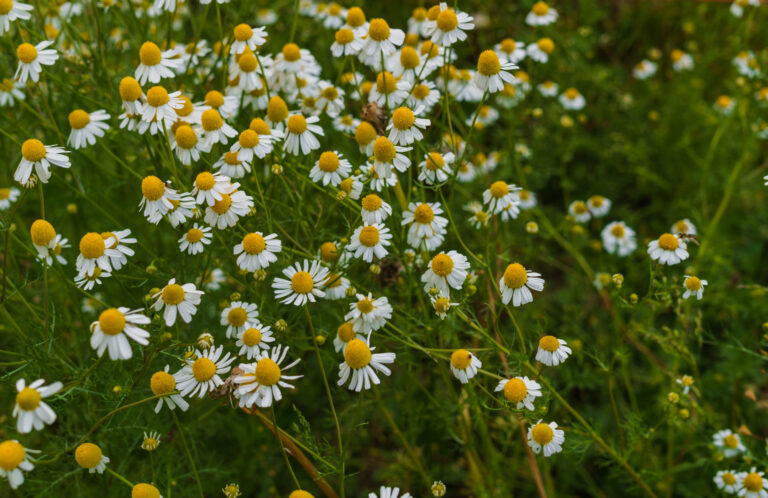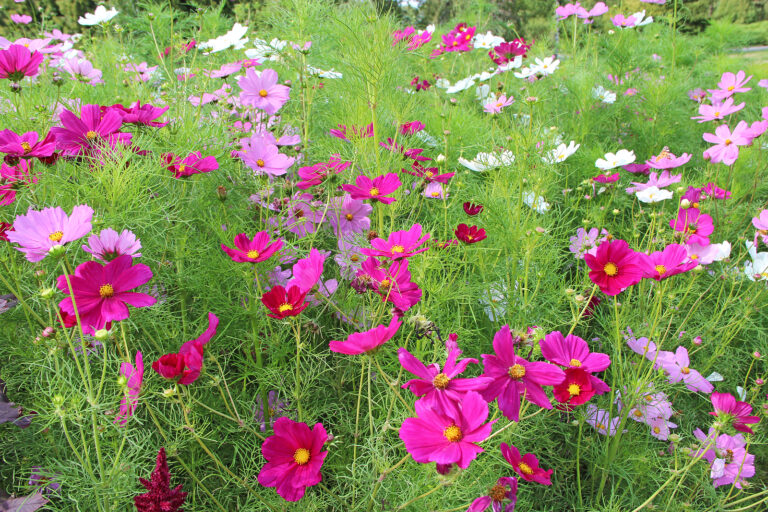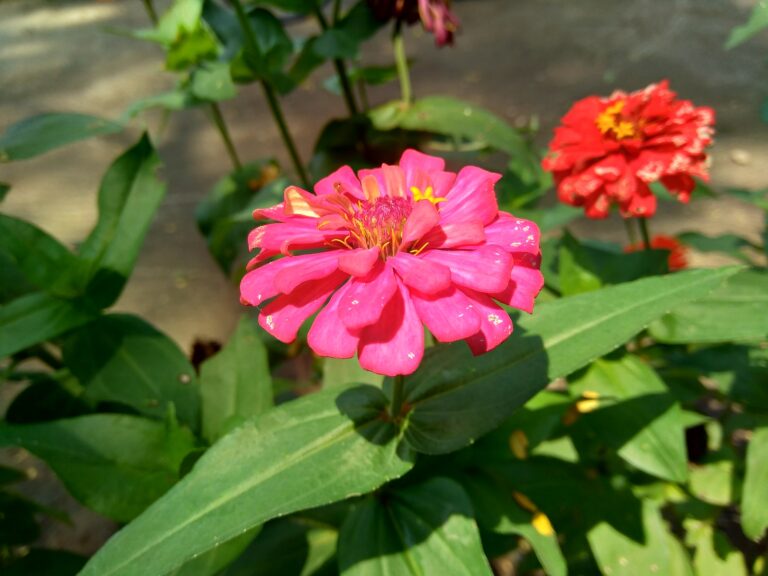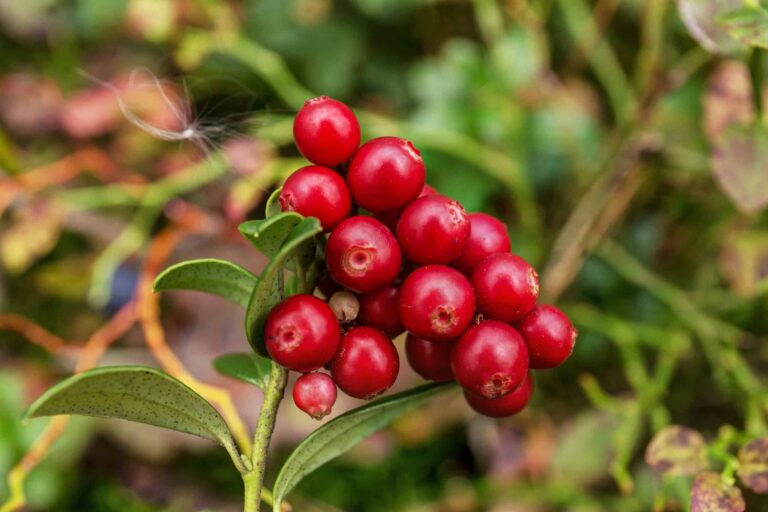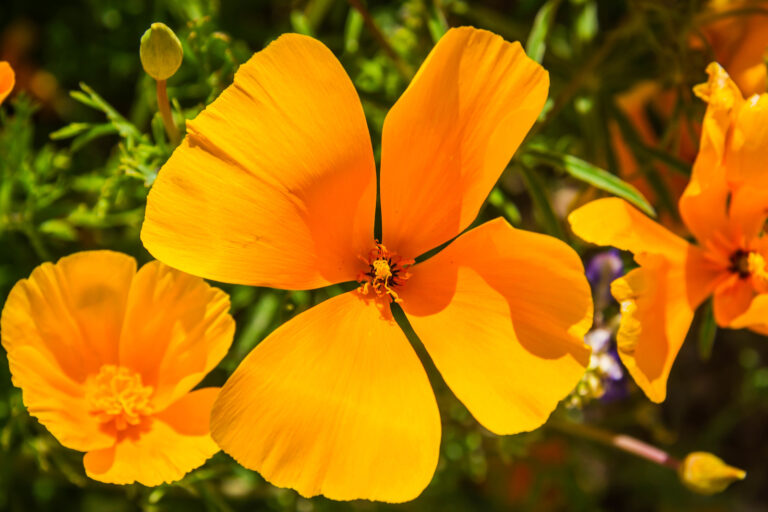How to Grow Annual Blue Salvia — Salvia
Annual blue salvia, Salvia farinacea, produces spikes of small purple-blue flowers from midsummer to fall. Annual blue salvia is sometimes called mealycup sage. The plant is an upright perennial often grown as an annual. Leaves are lance-shaped.
Annual blue salvia has the best effect when planted in drifts in beds and borders. More than one plant in a container will give a true sense of the plants’ vibrant color.
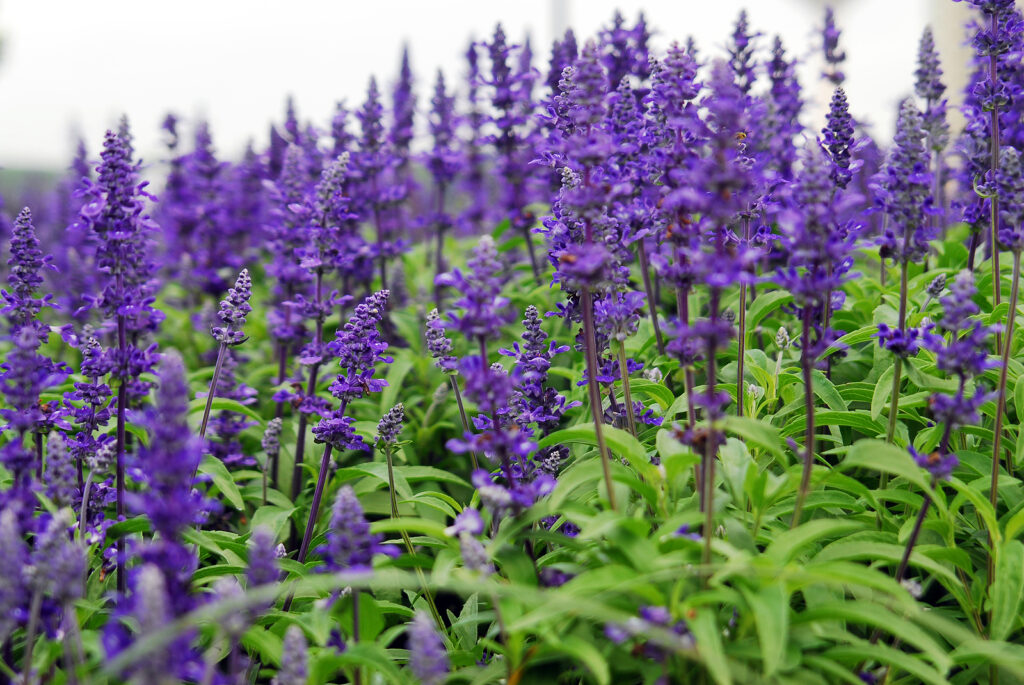
Annual Blue Salvia Overview
Annual blue salvia, often referred to as Salvia farinacea or mealycup sage, is a popular ornamental plant known for its tall spikes of vibrant blue to purple flowers. It is native to the southern United States and Mexico and is cherished for its long-lasting blooms, which continue from late spring to the first frost. This plant is part of the mint family and shares the characteristic square stems and aromatic leaves typical of many mint relatives.
Annual Blue Salvia Characteristics
- Growth Habit: Annual blue salvia typically grows 18 to 36 inches tall, forming upright clumps with sturdy stems. Its vertical growth makes it an excellent choice for adding height and structure to garden beds.
- Foliage: The plant has lance-shaped, medium green leaves that are often slightly toothed. The foliage is generally low-maintenance and adds a subtle texture to the garden.
- Flowers: The spikes of small, tubular flowers are arranged closely together and can range from deep indigo to light blue, with some cultivars producing white blooms. The flowers attract pollinators such as bees, butterflies, and hummingbirds.
- Soil and Water Requirements: Annual blue salvia is adaptable to various soil types but prefers well-draining soil. It is relatively drought-tolerant once established and does well with moderate watering.
Annual Blue Salvia Uses in the Garden
- Borders and Background Planting: With its height and eye-catching blooms, annual blue salvia is an excellent choice for planting at the back or middle of borders, where it can act as a striking backdrop to shorter flowers.
- Pollinator Gardens: Its nectar-rich flowers are a magnet for bees, butterflies, and hummingbirds, making it a valuable addition to pollinator-friendly gardens.
- Mixed Beds: Combine annual blue salvia with other annuals and perennials, such as marigolds, zinnias, and coneflowers, to create vibrant, diverse flower beds. The contrasting colors can enhance the garden’s visual appeal.
- Container Gardens: Annual blue salvia works well in large pots and containers, either as a focal point or in combination with trailing and mounding plants like petunias or sweet potato vines.
- Cut Flowers: The tall, sturdy flower spikes of salvia make excellent additions to cut flower arrangements, adding both height and a splash of color.
Annual Blue Salvia Garden Tips
- Sunlight: Plant annual blue salvia in full sun for the best flowering. It can tolerate partial shade but may produce fewer blooms.
- Spacing: Space plants about 12 to 18 inches apart to allow for good air circulation and prevent the spread of any potential diseases.
- Care and Maintenance: Annual blue salvia is relatively low-maintenance. Deadheading spent blooms encourages continuous flowering throughout the growing season. Regular pruning can also help maintain the plant’s shape and promote new growth.
- Pest and Disease Resistance: Blue salvia is generally pest-resistant and not prone to significant disease issues, though it benefits from good air circulation to prevent fungal diseases.
Annual Blue Salvia Design Ideas
- Monochromatic Schemes: Use blue salvia to create a calming, monochromatic garden scheme. Pair it with other blue or purple flowers like lavender, verbena, or ageratum.
- Contrast Planting: Plant blue salvia with bright, warm-colored flowers like yellow coreopsis or orange marigolds for a bold, contrasting look that energizes the space.
- Wildflower Gardens: Integrate annual blue salvia into wildflower-style gardens for a natural, meadow-like effect. The tall spikes blend beautifully with grasses and native wildflowers.
- Formal Borders: The uniform growth of blue salvia lends itself well to more structured, formal garden designs, where it can be planted in rows or clusters for a symmetrical look.
- Seasonal Appeal: Annual blue salvia provides consistent blooms from spring through fall, making it a dependable choice for maintaining color in the garden over an extended period. Its versatility, ease of care, and appeal to pollinators make it an excellent choice for both novice and experienced gardeners.
Get to know annual blue salvia
- Plant type: Annual
- Growing Zones and range: Grow as an annual in Zones 2-7; grow as a perennial in Zones 8-11
- Hardiness: Annual blue salvia prefers warm weather and moderate to high humidity
- Height and width: 12 to 36 inches (30-91cm) high; 10 to 12 inches (25-30cm) wide
- Foliage: Lance-shaped leaves
- Flowers: Bright blue spikes
- Bloom time: Summer
- Uses: Bedding, containers, mixed flower borders
- Common name: Annual blue salvia, mealycup sage
- Botanical name: Salvia farinacea
- Family: Lamiaceae
Where to plant annual blue salvia
- Grow annual blue salvia in full sun in Zones 2-6; grow in light shade in hot summer areas in Zones 7-11.
- Plant blue salvia in average, well-drained soil.

When to plant annual blue salvia
- Set annual blue salvia in the garden in spring or later after all danger of frost has passed.
Planting and spacing annual blue salvia
- Space annual blue salvia plants 8 to 12 inches (20-30cm) apart.
- Sow seed 1/8 inch deep in evenly prepared soil.
How to water and feed annual blue salvia
- Annual blue salvia needs moderate moisture; keep the soil evenly moist.
- Fertilize annual blue salvia occasionally, every 4 to 6 weeks, or work in a slow-release fertilizer in spring.
Annual blue salvia care
- Mulch around annual blue salvia to conserve soil moisture.
- Annual blue salvia is prone to rust, aphids, and leafhoppers.
Annual blue salvia propagation
- Sow seeds in warm soil after all danger of frost has passed.
- Start seeds indoors 6 weeks before setting plants in the garden.
Annual blue salvia varieties to grow
There are several cultivars of annual blue salvia, Salvia farinacea; here are a few:
- ‘Blue Bedder’ grows to 12 inches high.
- ‘Rhea’ is compact with intense blue flowers.
- ‘Silver White’ bears pearl white flowers.
- ‘Strata’ has bicolored flowers.
- ‘Victoria Blue’ has rich blue flowers.
- ‘White Porcelain’ has white flowers.
Also of interest:


